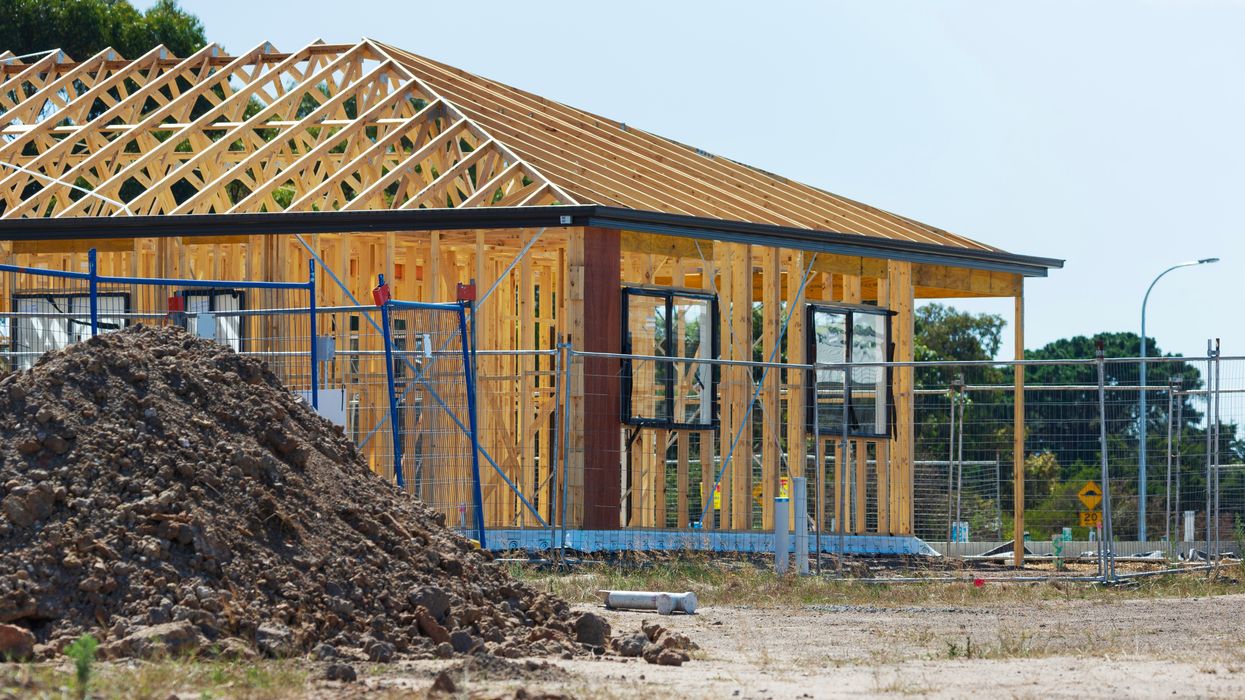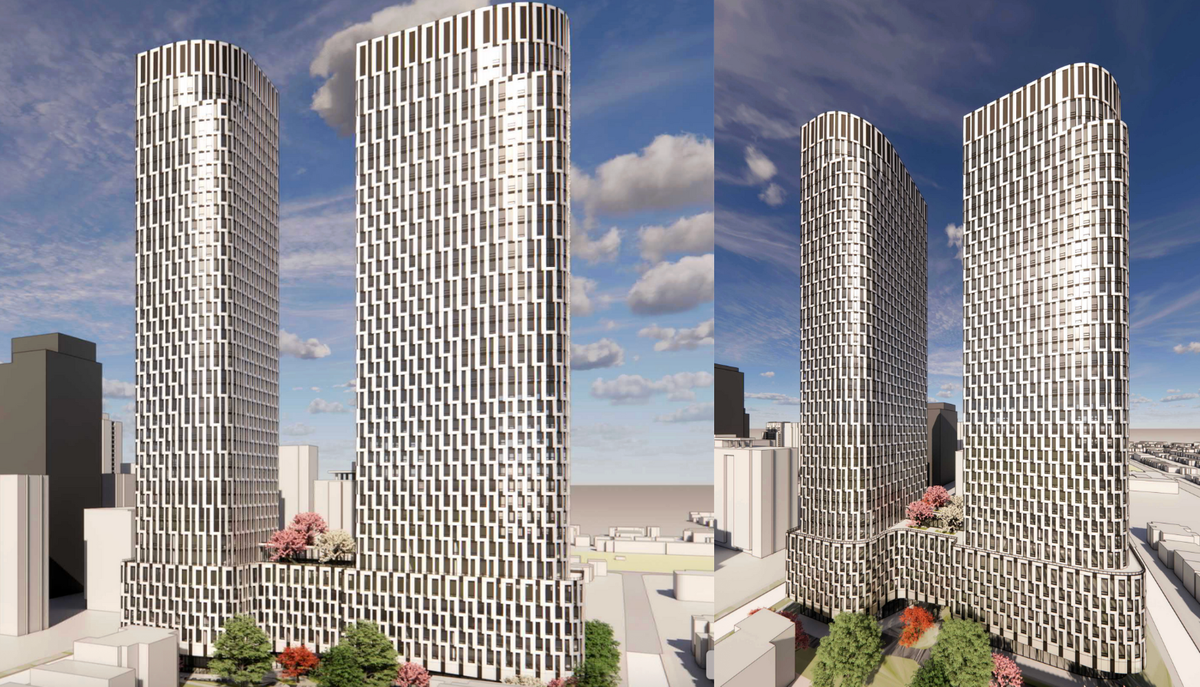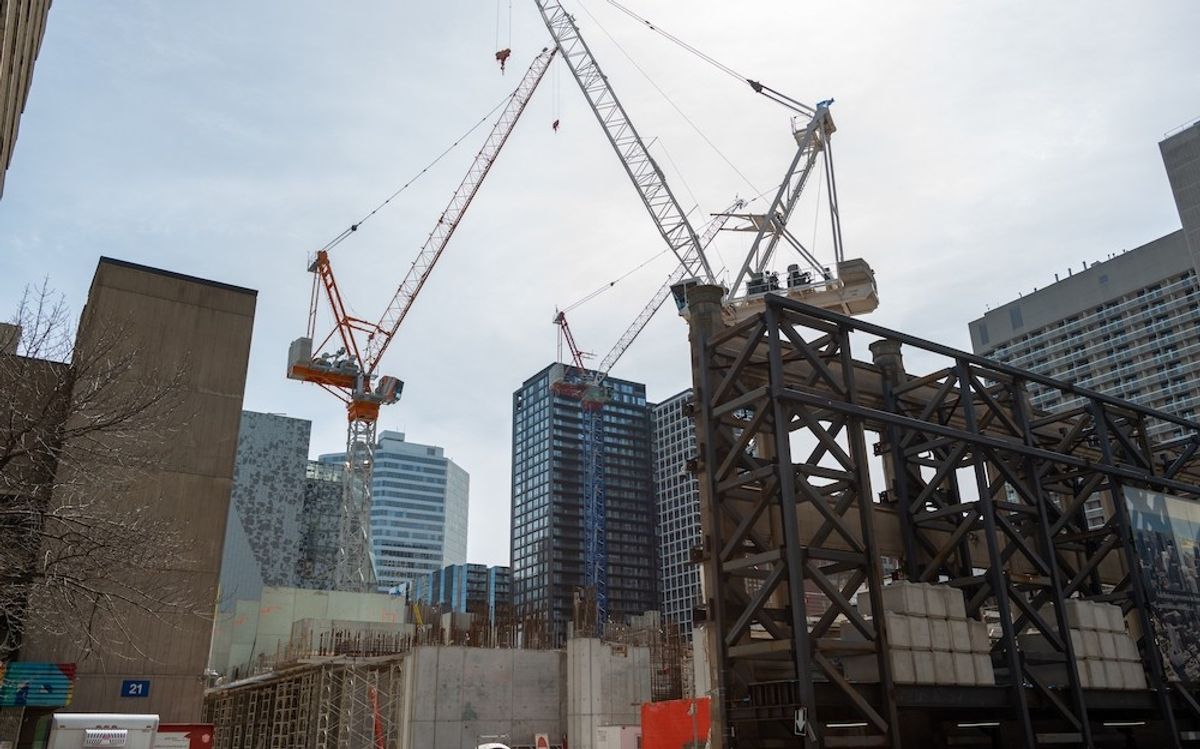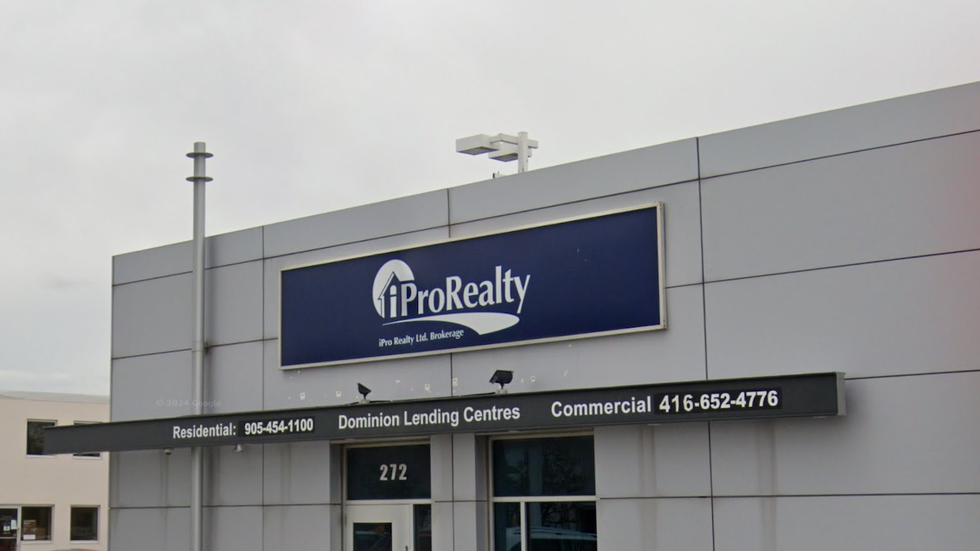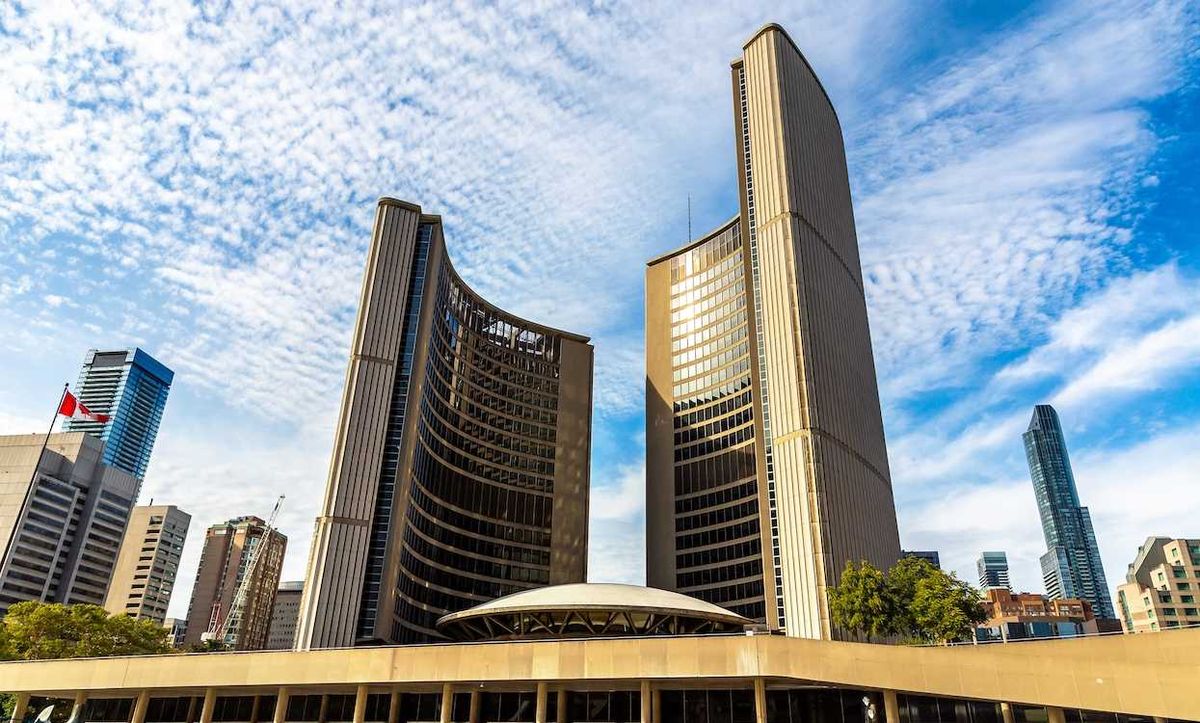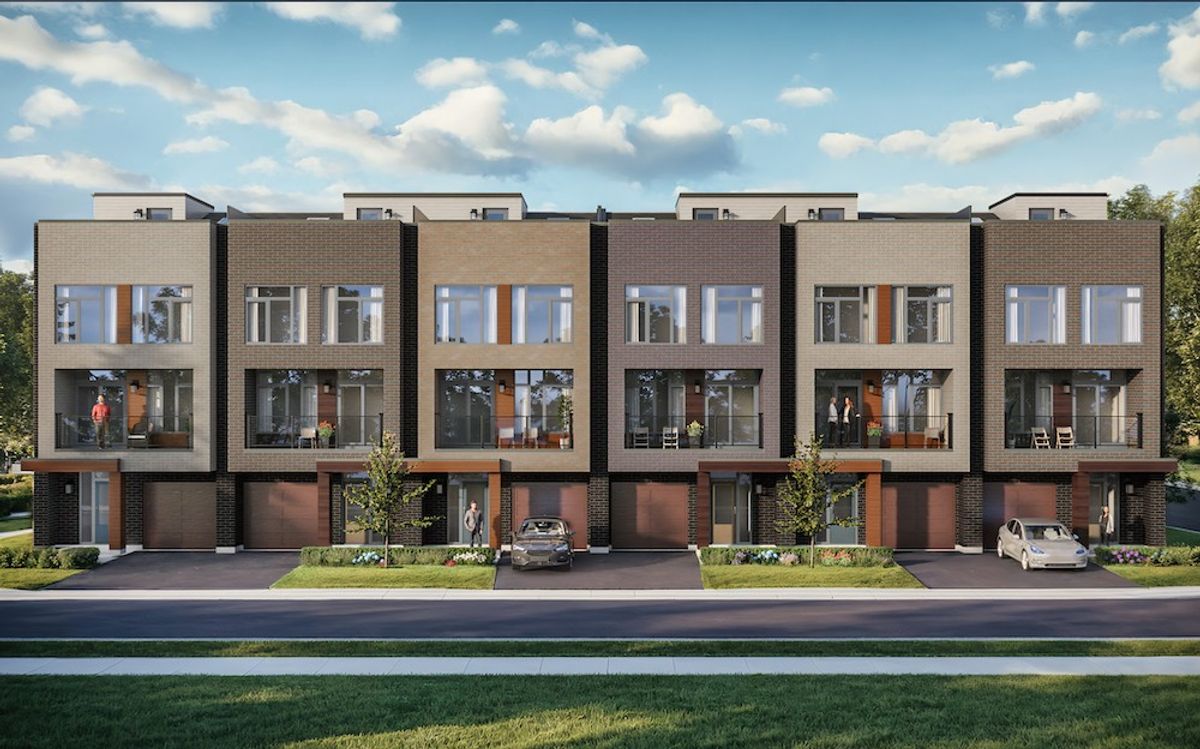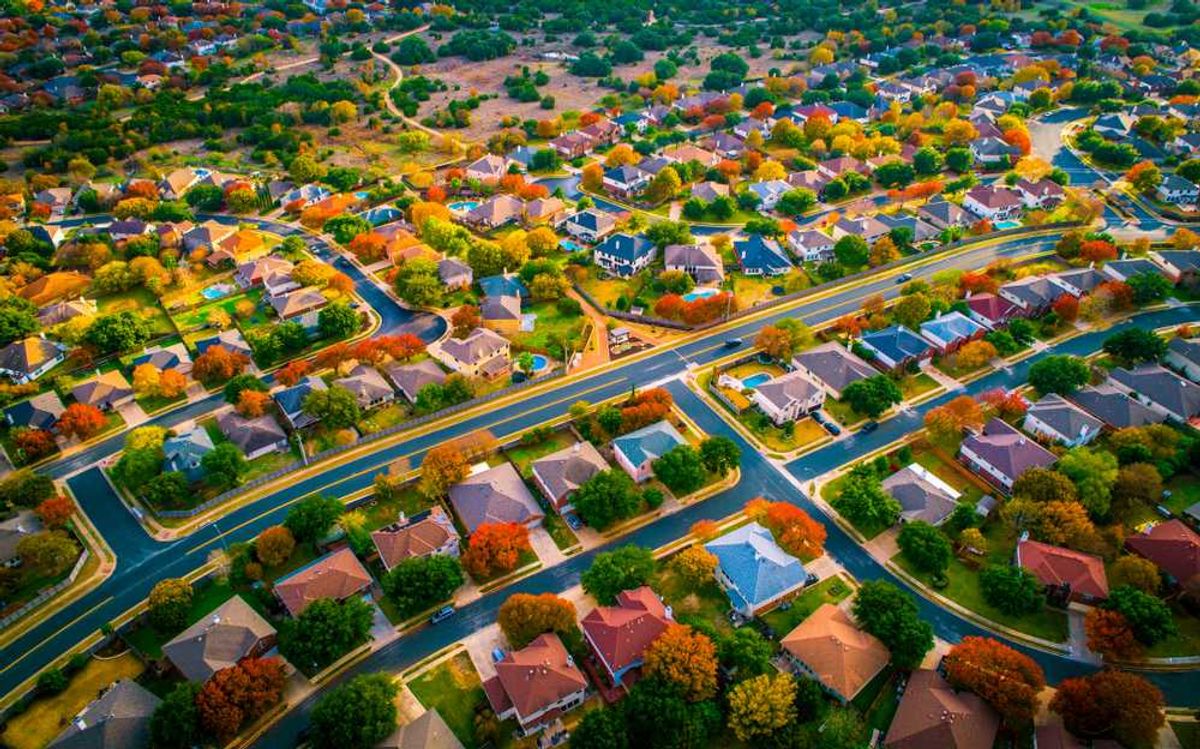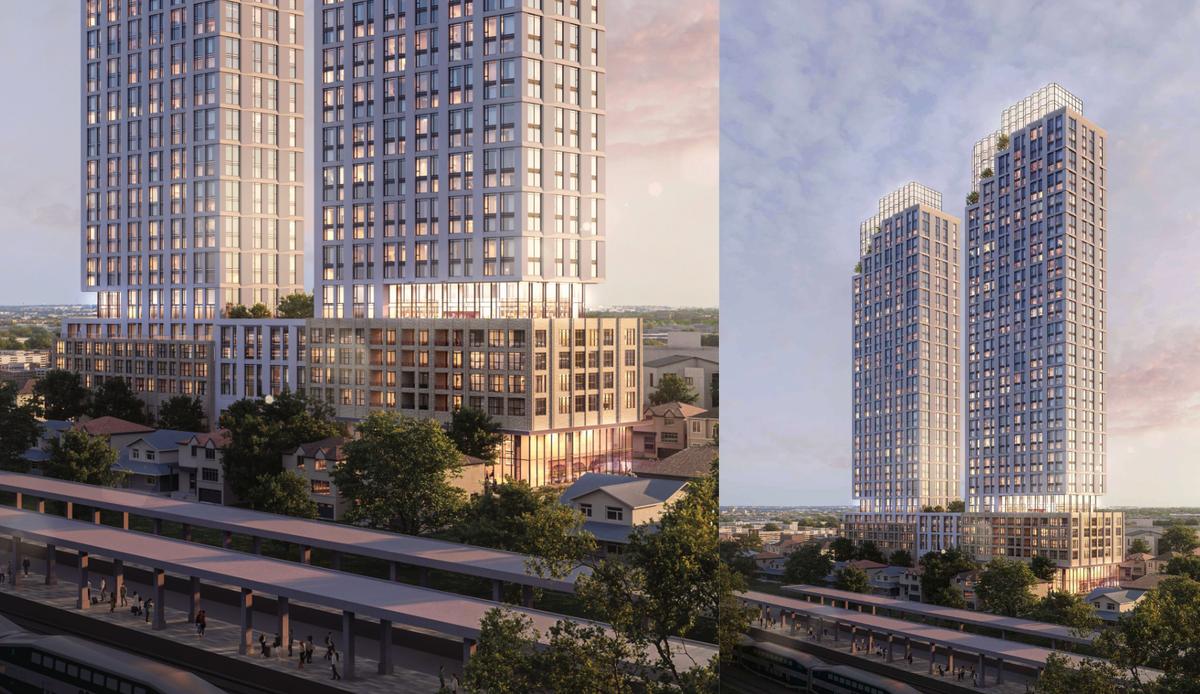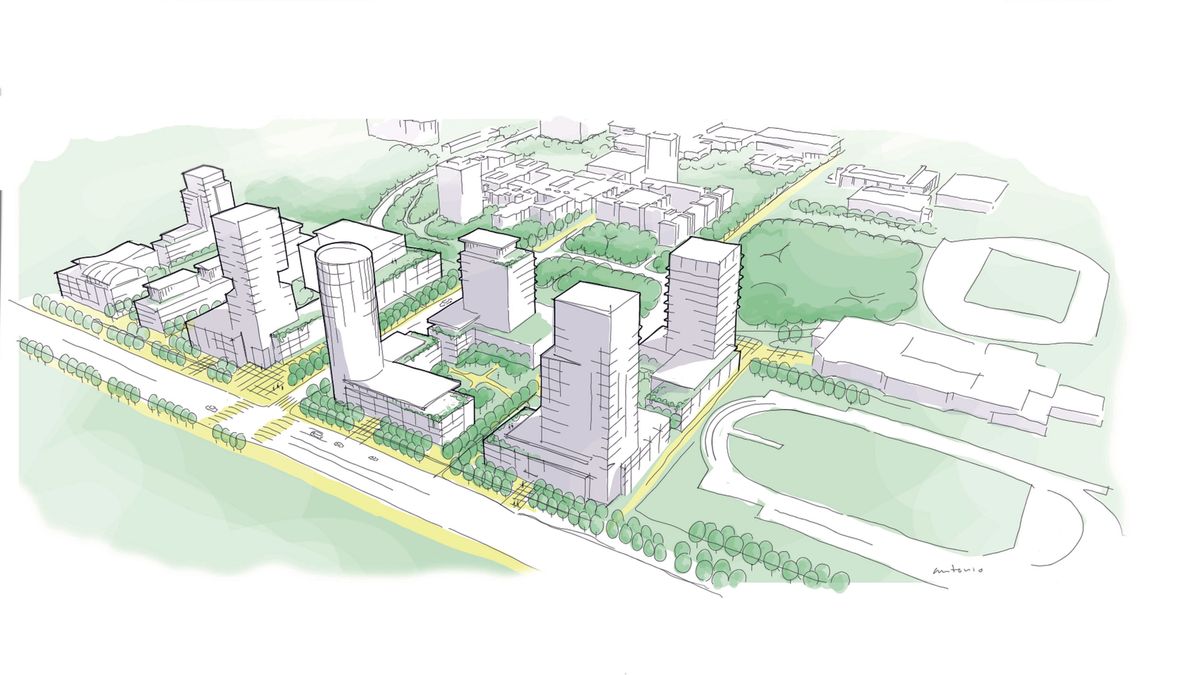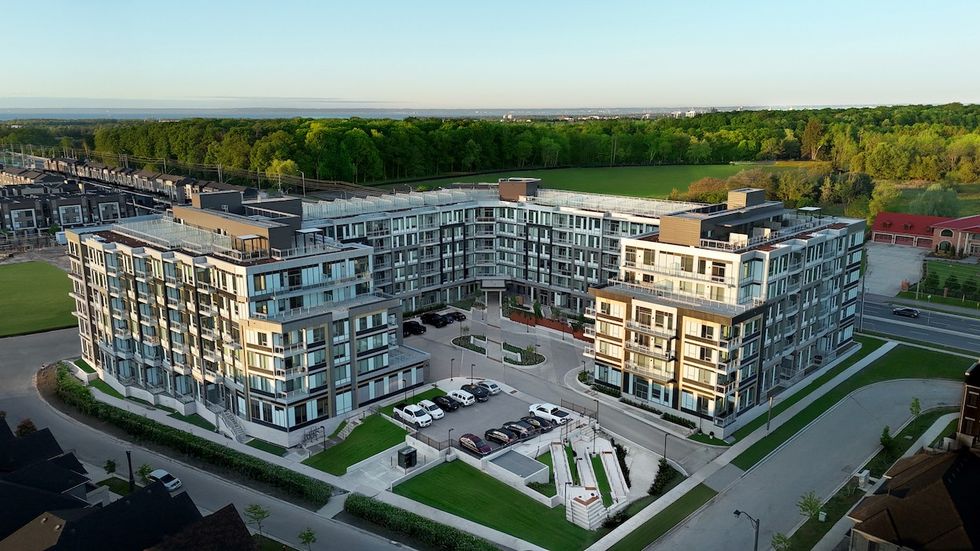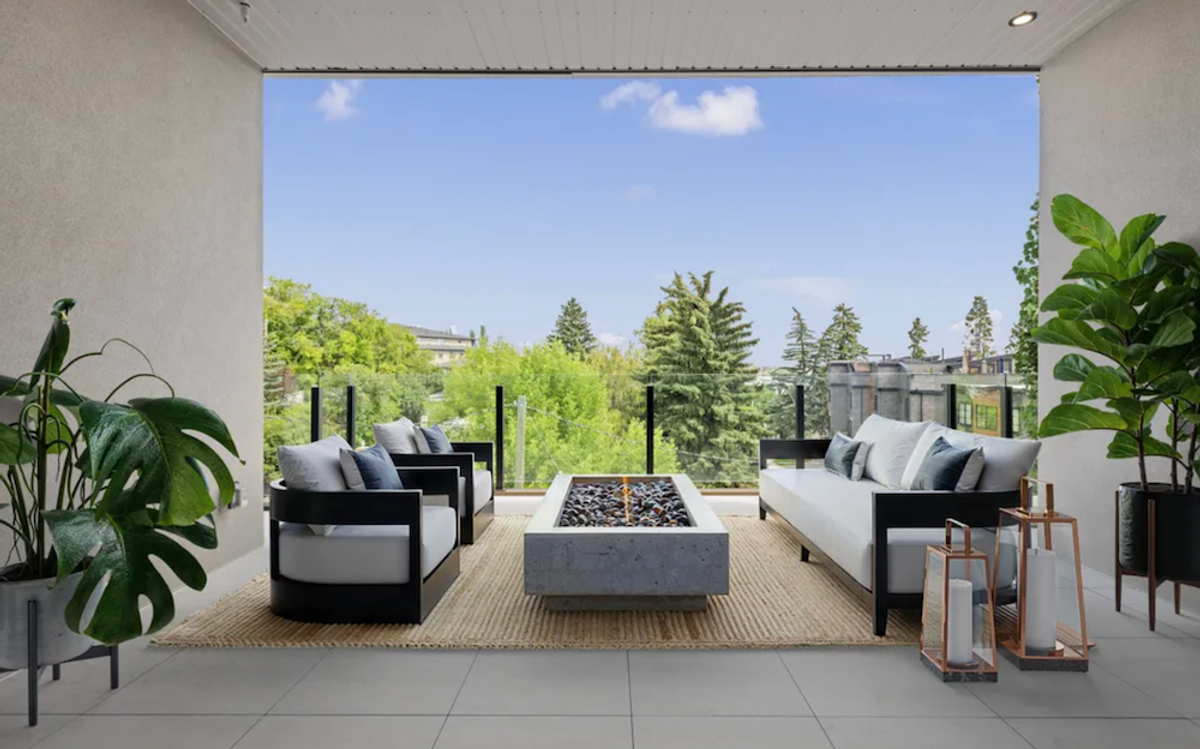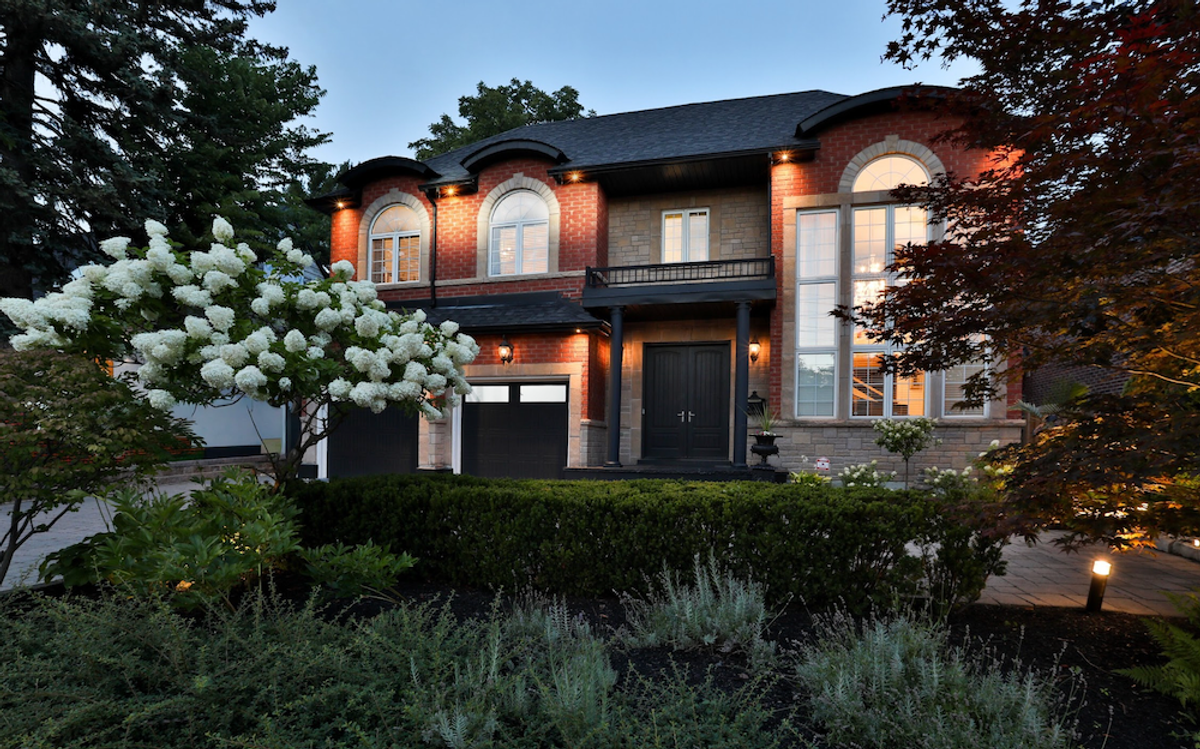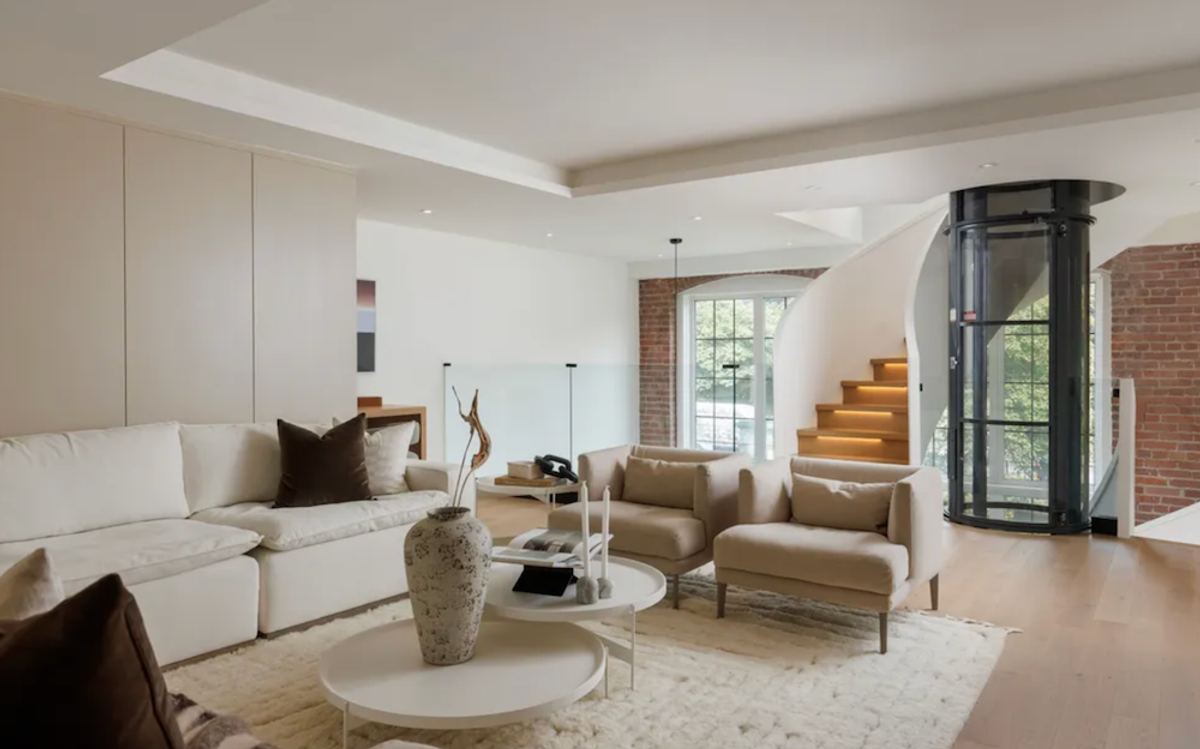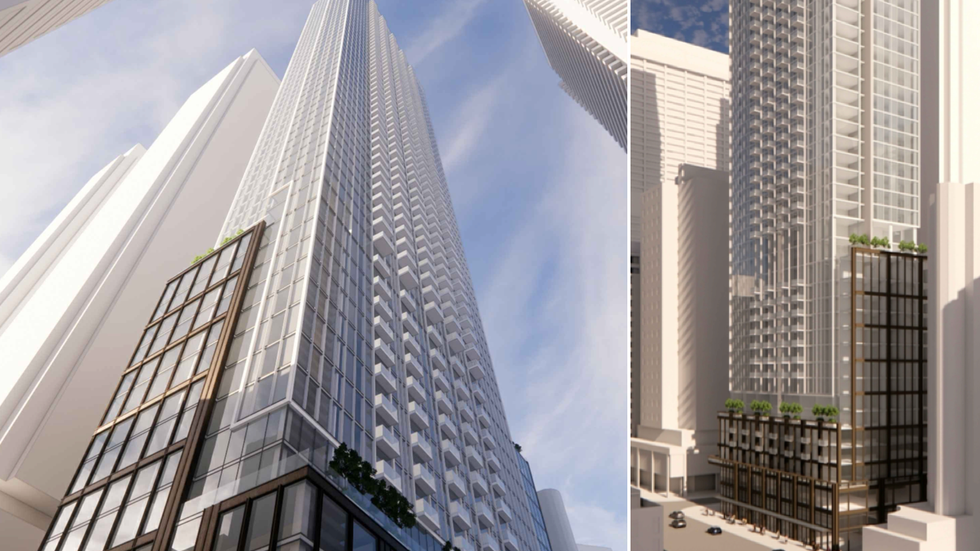A week ago, Statistics Canada released new data on the New Housing Price Index that showed October saw the largest month-over-month decline in new home prices in the last 15 years.
The decrease was -0.4%, the largest since April 2009, but also the latest in a now 23-month long trend of steadily declining new home prices. Since the mid-2022 price peak, condo prices have dropped approximately 15% and single-family homes are down 13%.
The culprit? Weak market conditions, builders have indicated, according to StatCan. In fact, builders in Toronto and Vancouver, where price declines were the sharpest, said they are offering cash incentives and design credits to encourage new home sales, according to the findings.
We have yet to see meaningful price increases in the resale market as well (though they are expected), but sales for resale homes across the country reached their highest level since April 2022, in the same month that new home sales experienced a remarkable 60% year-over-year decline. Based on the 10-year average, in any given month, you would usually see about 3,000 new home sales in the GTA alone, but in October, the region saw a meagre 765 transactions.
If you're a buyer with a taste for new builds you may be rejoicing, but the reality is that existing homes won't meet rising demand, and falling prices coupled with weak sales are shrinking margins for developers already facing a cost-to-build crisis. Senior Vice President of Communications, Research & Stakeholder Relations at the Building Industry and Land Development Association (BILD) Justin Sherwood explains that this conflicting dichotomy will only further stunt sales.
"Depending on the product, in the last two years, cost of construction has increased by roughly 20%, and municipal fees, taxes and charges have gone up over that same time period roughly 32% on an average apartment and by $42,000 on an average single-family home," Sherwood tells STOREYS. "What you’re seeing is margins getting squeezed, and it’s becoming very very challenging to get new projects to work financially. If you can't make it work and you can't get the financing, it’s not going to translate into product that gets sold."
On the upside, there have been recent efforts to bring down costs. Just last week, Vaughan reduced development charges on low-rise residential projects by 25% — a move that Sherwood calls "tremendous" but says we need more of. As well, he expects lower interest rates to take hold, and that already we're starting to see single-family home sales pick up.
But Sherwood points to a bigger problem: even if new home sales pick up and prices start to rise, there will still be a two-year gap in housing supply, due to low sales and falling housing starts, that we will eventually have to reckon with.
"We’re looking at a period where two years from now there are going to be very few residential construction cranes in the sky. We’re in the process of completing product that was sold in 2020 and 2021. Once that’s done, given the sales number we’re seeing now [...] there won't be that housing that is necessary down the road," says Sherwood. "What we really need is a rapid effort to jumpstart construction, or there’s just going to be a hole in supply two years down the road."
- We Already Know Ontario Will Likely Miss Its 2031 Housing Goal. So Now What? ›
- Vaughan "Dramatically" Drops Development Charge Rates ›
- GTA New Home Sales "Notably Low," Down 60% From Last October ›
- Taxes Make Up 36% Of Ontario New Home Prices, Study Finds ›
- "Historically Busy" November Still Not Enough For Housing Starts ›
- GTA New Home Market "Continued To Languish" In November ›
- Housing Starts Lagged In Canada's Six Largest Cities In 2024 ›
- GTA New Home Sales Have "Worst Year Since 1990" ›
- 'Prime Time For Buyers': GTA New Home Prices Down 20% From Peak ›
- Housing Starts Plummet 65% In Toronto, 59% In Vancouver In March ›
